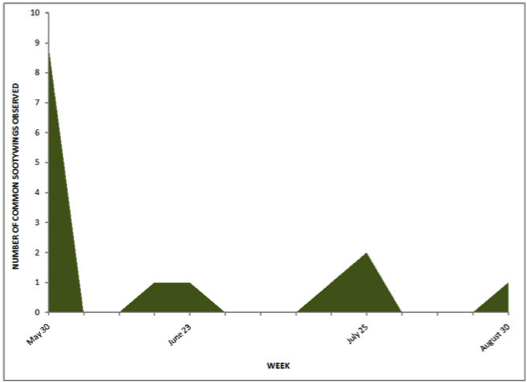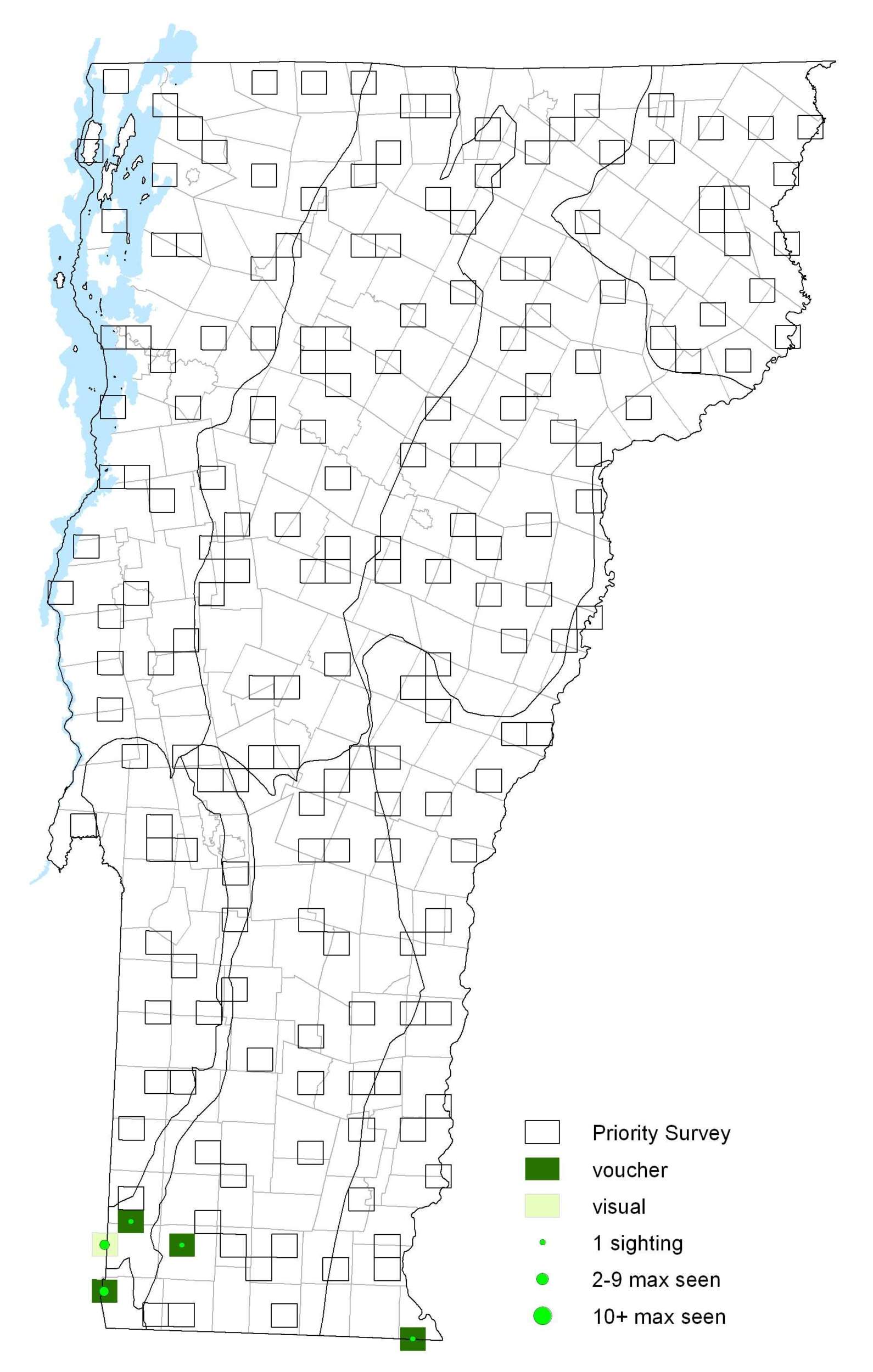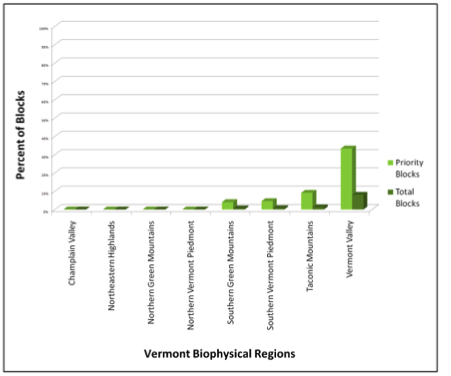|
Resident Conservation Status North American Range |
The Common Sootywing is anything but common in Vermont. They have a fast and jagged flight pattern close to the ground making them difficult to closely observe. Adults bask with the wings spread open. To find receptive females, males patrol near the ground in sunny places; mating takes place in the morning and afternoon. Near midday, females lay eggs singly on the tops of host plant leaves. Caterpillars live and feed within shelters of folded leaves. Second brood larvae overwinter in silk and leaf shelters and pupate within the shelter in the spring.
Identification
Upperside is glossy black with small white spots on outer third of forewing. Female has more white spots on the forewing than the male, and a submarginal row of spots on the hindwing. Underside of forewing repeats the upperside; hindwing is solid black.
Flight
With two broods from May through August reported in the north, they were found only very sporadically during VBS in Vermont from June though August. Extreme dates: 24 May 2004 and 30 August 2002 in Bennington (K. Hemeon).
Distribution and Habitat
Recorded only in southernmost Vermont during VBS. There are no known historic records. Found in both developed and disturbed areas, they can thrive in old landfills, vacant lots, gardens and roadsides. Adults nectar from many different flowers including dogbane (Apocynum), White Clover (Trifolium repens) and milkweed (Asclepias). Caterpillar hosts include Pigweed (Chenopodium album), an introduced European species, and other native hosts in the Amaranth family (Amaranthaceae).







